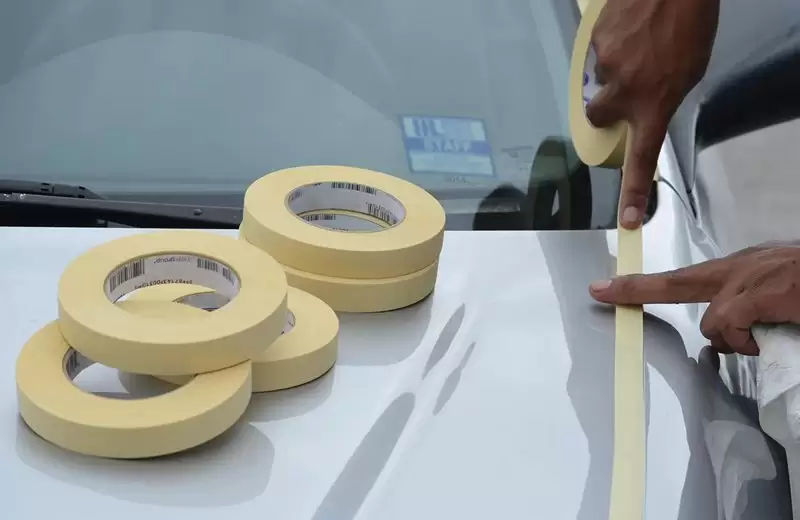
How to Use Automotive Masking Tape: A Complete Guide for Perfect Paint Results
When it comes to achieving a flawless finish in automotive painting, automotive masking tape plays a vital—yet often underestimated—role. Whether you're a professional body shop technician or a DIY car enthusiast, using the best automotive masking tape correctly can make the difference between a crisp paint line and a messy edge.
In this article, we’ll walk through everything you need to know about using masking tape for automotive painting, how to apply it like a pro, and why the right automotive performance masking tape matters.
What is Automotive Masking Tape?
At its core, automotive masking involves covering parts of a vehicle that shouldn't be painted—like windows, trim, or rubber seals. For this purpose, autobody masking tape is designed with special features:
• Medium to high tack for solid adhesion on metal, glass, rubber, plastic, and painted surfaces
• Clean removal with no sticky residue
• Resistance to high temperatures and paint solvents
• Compatibility with both waterborne and solvent-based paints
• Flexible backing to conform to curves and contours
The tape typically uses a crepe paper or polymeric film backing with rubber or acrylic adhesive, depending on the application.
Why Use Professional Automotive Masking Tape?
Let’s be honest—choosing a generic tape from the hardware store might seem like a quick fix. But that decision could ruin hours of prep work. A professional masking tape ensures:
• Sharp paint lines without bleeding or feathering
• No paint lifting or tearing when removed
• High-temp durability in baking booths (up to 250°F or more)
• Cleaner jobs, faster turnaround
So, if you're doing anything from a small bumper touch-up to a full-body paint job, investing in the best automotive masking tape isn’t optional—it’s essential.
